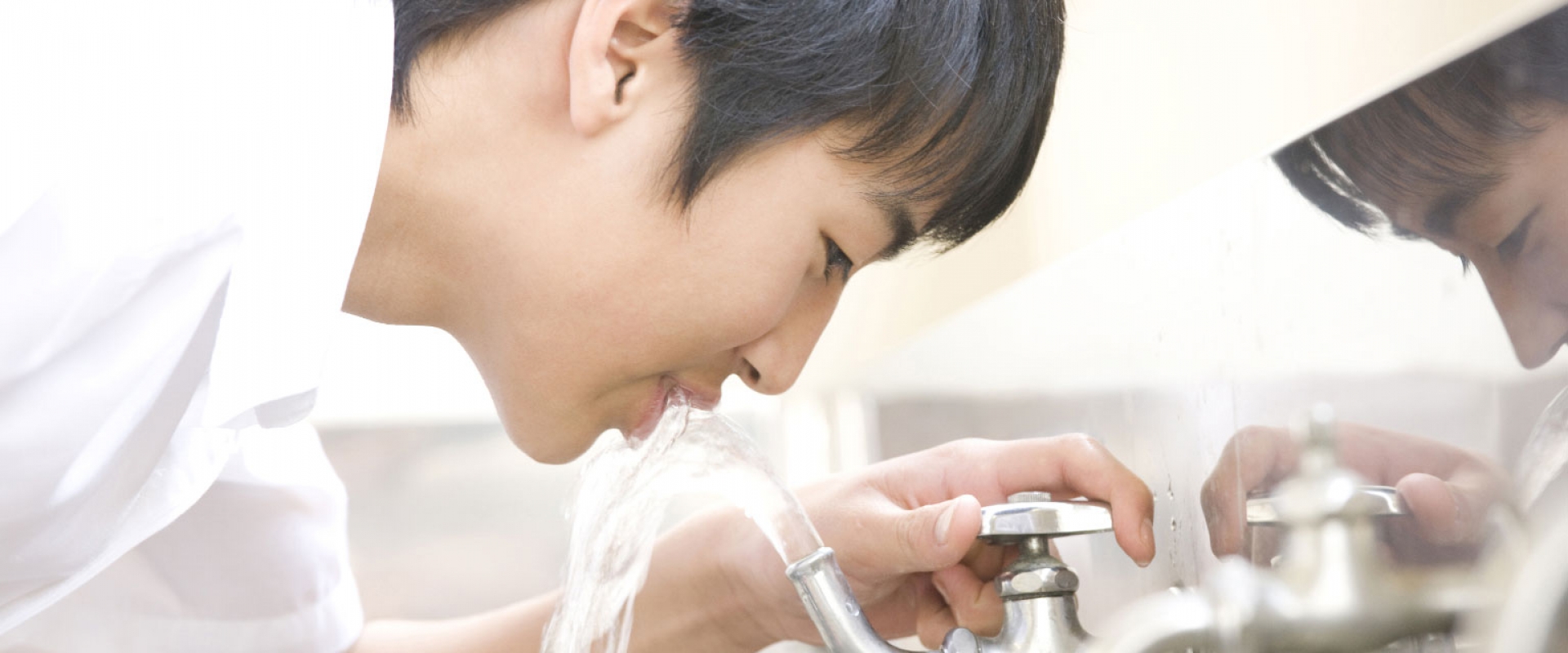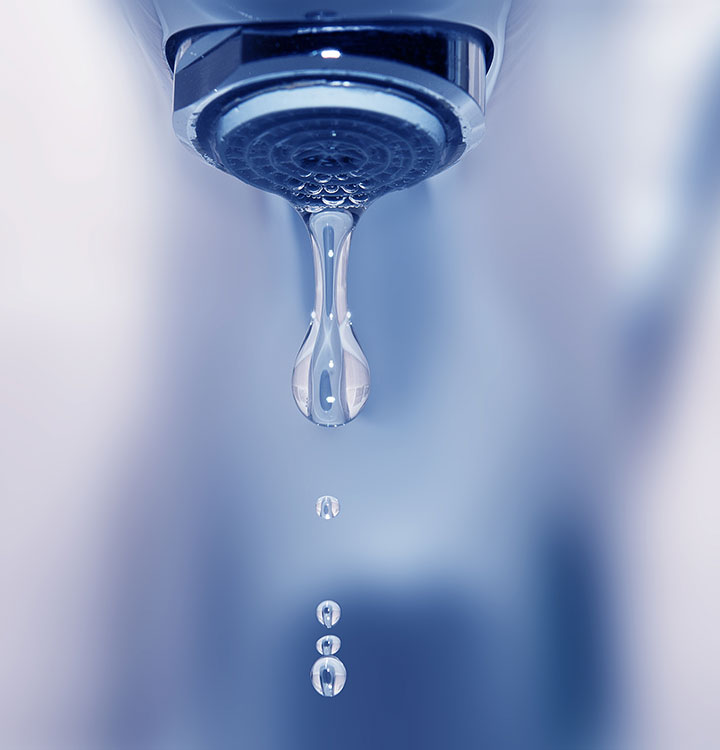CEFEP Technical Blog.
Insulation materials made of FEF and PEF are multifunctional optimisers for the technical equipment of buildings.
Insulation materials made of FEF and PEF are multifunctional optimisers for the technical equipment of buildings.

Poor specification and inappropriate insulation can lead to water temperatures inside pipes that may support the growth of legionella.
FEF and PEF insulation systems can help to reduce the growth of bacteria, including Legionella, and play an important role in the supply of safe, clean drinking water.
Insulation made of flexible elastomeric foams (FEF) or polyethylene foams (PEF) can help to reduce the health risks associated with heating and plumbing pipework. Insulation is especially important when it comes to reducing bacterial growth inside domestic water supply pipes. The Legionella bacteria grows at an accelerated rate in ‘stationary’ water at temperatures between 25 ºC and 60 ºC.
FEF or PEF thermal insulation can reduce temperature variations and so support the quality and ‘purity’ of drinking water.” Closed cell insulation with its in-built water vapour barrier saves energy efficiently and protects against moisture ingress at the same time.

International standards and strict EU regulations define how to supply drinking water in order to guarantee a high level of “purity”. The European standard EN 806 defines precisely which measures should be implemented in order to supply safe, clean drinking water.
The legionella bacteria favours temperatures between 25 ºC and 60 ºC, a range that can be encountered in both hot and cold-water pipes. When inhaled in small droplets – for example, as an aerosol in the shower – to the legionella bacteria can cause symptoms similar to those of pneumonia. In order to counteract the risk of microbial contamination it is important that hot and cold-water pipes are strictly isolated from each other by the appropriate technical insulation.
Appropriate pipe insulation helps to minimise the risk of hot water temperatures falling below 60 ºC and cold-water temperatures increasing above 25 ºC. These are the safe water supply temperature limits defined within EN 806-2.
Alongside energy saving considerations, environmental factors like humidity, ambient temperature and pipe temperature will influence the pipe insulation thickness selected. Regardless of thickness, insulation should also be resistant to moisture ingress in order to ensure long term thermal performance.
This is where the advantages of FEF and PEF insulation are most obvious. For cold pipes the operating temperature is lower than the ambient air which leads to condensation. Using FEF or PEF insulation with an in-built water vapour barrier at the appropriate insulation thickness no condensation will form, either on the surface of the pipe or within the insulation itself.